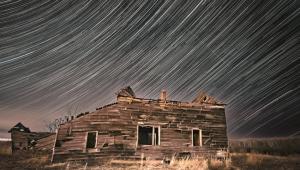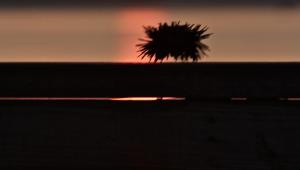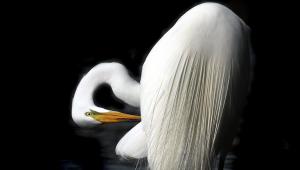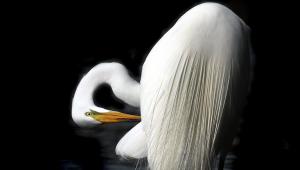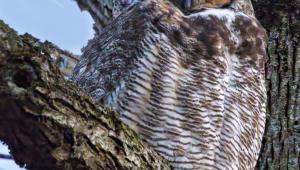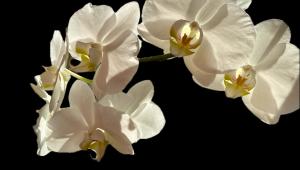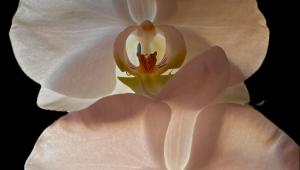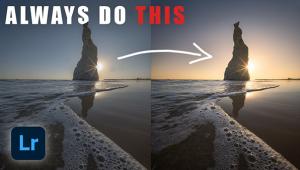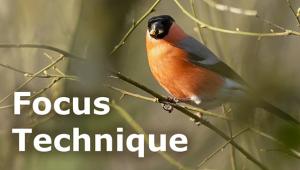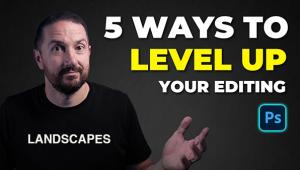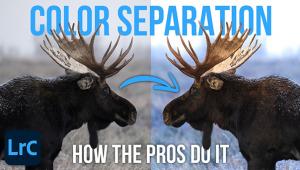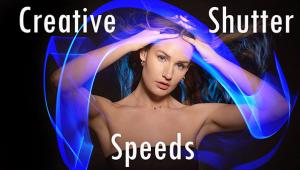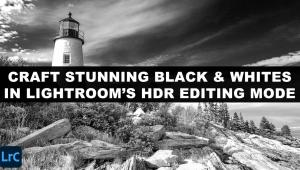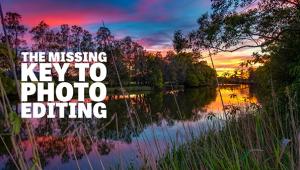Three (Unexpected) Uses For A Digital Camera
A New Tool For Some Old Tricks Page 2
A Proofing Back
You can see what is coming. Instead of putting the NPC Nikon on the back of
the lens, I can now use the D70 instead. The LCD screen doesn't tell you
as much as a Polaroid, and it's ISO 200 instead of ISO 100 so you have
to remember to open up and close down one stop, but in return for the savings
on Polaroid film I'll put up with this most of the time--though not
all of the time because Polaroids still tell me more.
The idea of the D70 as a proofing back led quickly to the idea for the second
use. I can put this camera on the back of any setup where I need a proofing
camera, including a bellows. Light bulb comes on overhead.
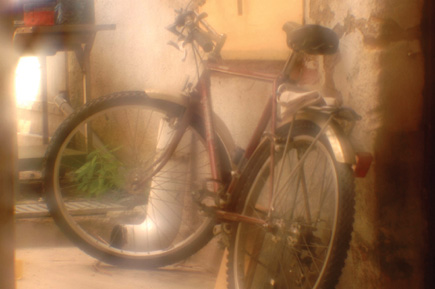 |
|
|
Slide Copying
Years ago slide copying was an essential tool in many professionals' lives,
but today, scanning has almost completely replaced slide duping. A top-quality
3000dpi scan allows a full-page repro at 300dpi and indeed it is just about
adequate for a double-page spread.
The trouble comes when you don't want top-quality scans: you want pics
for the web. Sure, you can still scan, but it's extremely time-consuming.
Enter the D70 again. Dig out the old slide-copying setup; install the D70; set
the image size and quality as low as it will go; and you can crank out web-quality
shots as fast as you can change the slides and press the button, though Nikon's
failure to offer a proper cable release socket on the D70 is a major black mark
against them. Of course, they aren't the only ones. When I started in
photography, the vast majority of cameras accepted the standard taper-tip cable
release, and those that didn't (old Leicas and Nikon Fs) required a simple,
low-cost adapter. Now you need a different, expensive, electronic release for
each camera you own--a situation which appalls me.
But to return to the slide copying, as long as you arrange your slides in batches,
you can cheerfully duplicate all formats as needed: 35mm, roll film, 4x5",
though that's as big as my slide-duper goes. Look out for a major expansion
of www.rogerandfrances.com!
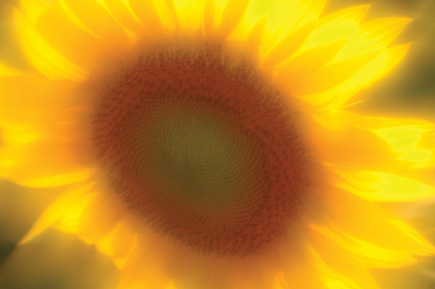 |
|
|
Soft Focus
At the beginning of the article I said that I much prefer the look that I get
with silver halide to the look that I get with digital. Whether silver is superior
or not is a matter of opinion, but there's no doubt that the two are different:
it's like the difference between oil paints and acrylics.
Anyway, one of the reasons I use the cameras and lenses that I do (Alpa, Leica,
Linhof, Nikon, Rodenstock, Schneider, Voigtländer, Zeiss) is to me there's
a biting sharpness, a crispness to film that I don't see in digital (or
with most zooms on silver, for that matter). But then it occurred to me: with
soft-focus lenses, pretty much by definition, there's no biting sharpness,
so digital is fine.
What is more, it helps solve some of the difficulties of soft focus on 35mm.
The smaller the format, the harder it is to judge the effect of the soft focus.
The more over-the-top the soft focus, the greater the flare, so the harder it
is to determine exposure. And the greater the flare, the bigger the risk of
grievous desaturation, even with the highly saturated Kodak EBX that is currently
my favorite film.
My Dreamagon (www.dreamagon.com)
is capable of very extreme effects, so I often need to bracket both exposure
and soft focus: in other words, three exposures at each of two apertures (aperture
controls the degree of soft focus). This brings me down to a mere six images
on a 36-exposure roll, which starts getting quite expensive.
Enter the D70. I don't even need raw: JPEG is fine, so with even a 256MB
card I can bracket mercilessly if I need to--the rear screen is OK in the
studio, but like everyone else's, it is of limited use in bright sun.
Soft focus still remains somewhat unpredictable, and I discard a few shots when
I get home, but my hit rate goes up spectacularly, and the bill goes down equally
spectacularly. What is more, I can now afford to try anything that takes my
fancy, which in turn means that I learn to predict better what the Dreamagon
will do, which in turn means that I can use it
more easily and with more conviction on film if I want to.
A further advantage is that I can play quite a lot of tricks in Adobe's
Photoshop with color, brightness, contrast, and saturation, so my exposures
don't need to be quite as accurate as they do on slide.
It's early days, and I still can't imagine forsaking silver halide
for the majority of my creative photography, so there is no question of switching
to digital; but as I say, the D70 is now firmly a part of my Nikon outfit, which
is as it should be.
- Log in or register to post comments
